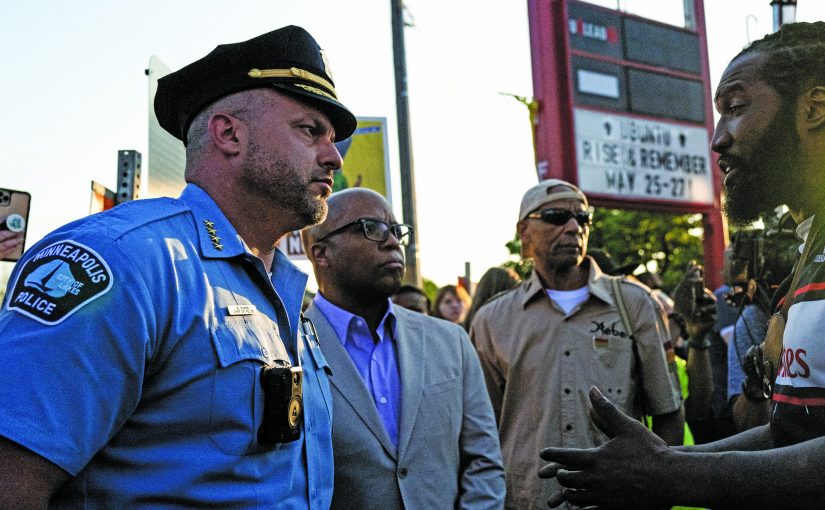
Three officers watched as their training officer that day effected an arrest. They watched as the senior officer on the scene, for nine and half minutes, applied 92 lbs. of weight onto the neck of a handcuffed suspect. And, as bystanders’ cameras rolled, the world watched the murder of George Floyd.
In almost all cases of excessive use of force, most people only get to see pictures of the final result—a brutalized suspect or a dead body. This often leaves people to grapple with games of he-said/she-said as the public, courts, and police try to piece together what actually happened. The case of George Floyd is significant because, for the first time, a whole scene played out before people’s eyes. There was little to no room for disagreement or debate.
There is a difference between defending the profession and defending every officer accused of committing a heinous crime. And, in too many cases, many chiefs, sheriffs, and politicians get the two confused. After George Floyd’s death, the usual rush of policing agencies to defend their own “until the investigation is completed” fell silent. Amid the silence, the black community felt both angry and vindicated.
Policing agencies with excessive force incidents have had to take a hard look at themselves—was it the officer or was it the agency culture? After George Floyd, however, the entire profession has to take a hard look at itself and ask the same hard questions. Is it really only a few bad apples or is there something wrong with the culture of policing in the United States?


